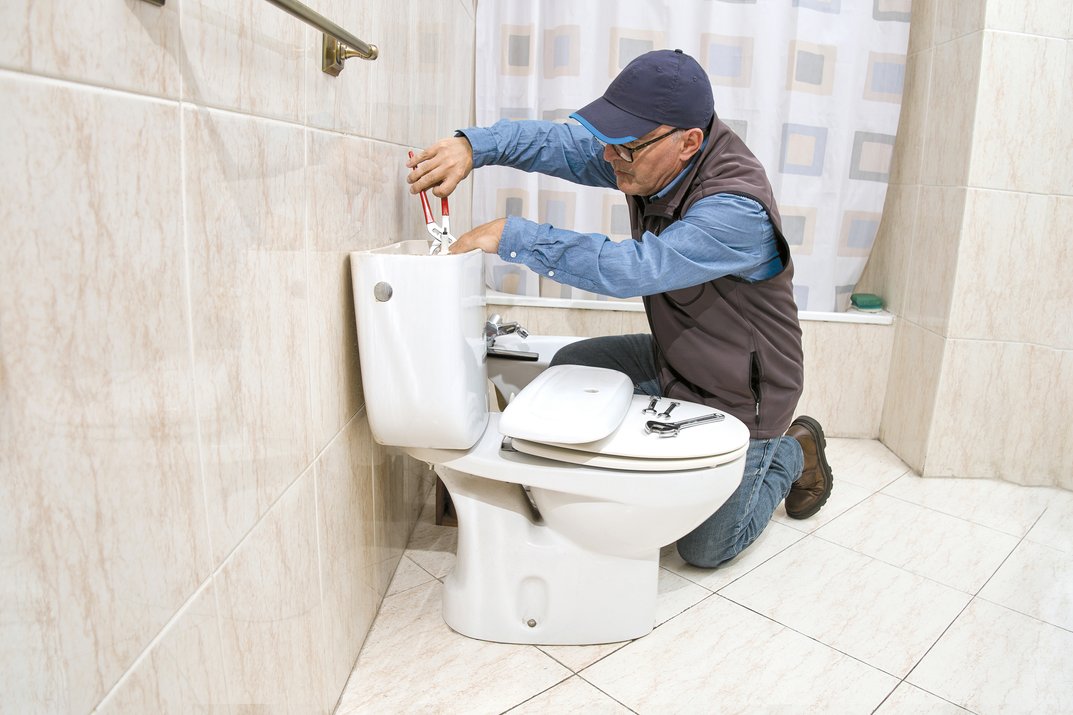
Water-efficient toilets that bear the Environmental Protection Agency WaterSense label offer significant benefits for consumers and the environment. Water-efficient toilets use less water per flush without sacrificing performance by utilizing innovative flushing mechanisms and optimized bowl designs.
If your toilet was made before 1992 or uses more than 3.5 gallons per flush, or if you find yourself frequently repairing leaks or dealing with clogs, it’s probably time to invest in a new, water-efficient model. Read on to learn how much you could save.
Savings
• Determine your current toilet’s gallons per flush rating: The GPF rating is usually stamped on the back of the tank, behind the seat or under the tank lid. You can also estimate your toilet’s GPF rating based on its manufacture date below.
Before 1982 5 to 7+ GPF
1982-1992 3.5 GPF
1993-2004 1.6 GPF
• Calculate your per-flush savings: Take your current toilet’s GPF and subtract 1.28. For example, for a 3.5 GPF toilet, the calculation would be 3.5 – 1.28 = 2.22 gallons per flush savings.
• Factor in your household size: Multiply per-flush savings by your number of household members, then multiply by 5, which is the average flushes per day per person. Then, multiply by 365. For example: (2.22 gallons per-flush savings) x (3 people in household) x (5 flushes per day) x (365 days per year) = 12,155 gallons saved annually.
If you’re thinking of replacing your toilets, check out the rebates offered by the Board of Water Supply.
You could save more than 20,000 gallons annually by replacing toilets with a 5 GPF and more than 12,000 gallons for toilets with a 3.5.
BOARD OF WATER SUPPLY
Contact
808-237-6877
Email
watersensible@honeywell.com
Web
boardofwatersupply.com/residentialrebates
See more articles from: Board of Water Supply